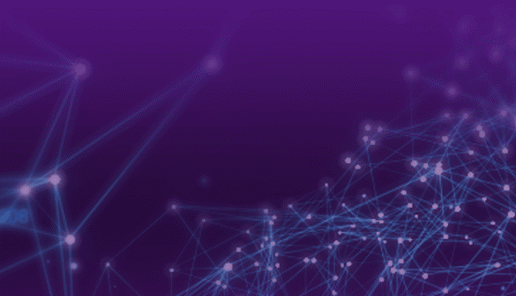Is Wi-Fi Learning How to Fix Itself?
Posted: May 31, 2019

By Kevin Francis, Ruckus Networks.
It is hard to argue that Wi-Fi has not had a profound impact on human behavior. As we consume more data, the humble Wi-Fi access point needs to evolve, not only through the evolution of Wi-Fi standards but also to self-optimize; to learn from its environment and make intelligent informed decisions. It needs to intelligently select how best to use its many advanced feature-sets in order be more spectrally efficient and deliver the optimum performance for any given use case or application. Technical standards describe ‘what’ the AP can do, but it is up to vendors to be innovative about ‘how’ they build their solutions. The industry is now looking to Artificial Intelligence (AI) and Machine Learning techniques to gain an advantage.
One thing that is undeniable is the fact that Wi-Fi has become the de-facto technology that we cannot live without. Whether in the home or in the enterprise, a significant part of our daily experiences and productivity are delivered via Wi-Fi connectivity. People no longer ask, “do you have internet?” but “how do I connect to the Wi-Fi?”; its presence is assumed.
Wi-Fi Growth
With this growth in Wi-Fi usage comes an increase in wireless access points and devices that share a finite amount of radio spectrum. This, in turn, limits the ability of these networks to deliver the desired performance.
For IT teams, vendors have provided WLAN controllers, either physical or cloud-based, that provide ease of management and deliver basic fault-finding tools. However, configurations have been static, requiring IT teams to be proactive in finding and fixing problems that arise within the network. Furthermore, the complexity of Wi-Fi technology has led IT teams to require a high level of specifically skilled staff or rely on a trial and error approach to fixing wireless issues or optimize the network to the desired level. For the IT team, AI promises to reduce the reliance on human capacities and speed up the process of taking the right course of action.
Wi-Fi and Machine Learning
The Wi-Fi industry is embracing Machine Learning, or more specifically Deep Learning AI techniques. These take large datasets (Big Data) and use neural networks to simulate the human brain in order to classify data.
Luckily, Smart Wi-Fi networks can provide enormous amounts of data about their environment. Everything from the type and capabilities of the devices connecting to the network, to the applications being consumed, to radio-specific statistics such as airtime utilization, signal-noise-ratio, and latency. All of which can be harvested for Deep Learning. Data can be baselined for a specific network, anomalies analyzed and resolutions either proactively given to the IT team or automatically corrected by the network.
Wi-Fi and Crowdsourcing
Crowdsourcing anonymized data sets also allows networks to benefit from problems and solutions that have been discovered in other systems, that can now benefit the target network. This allows vendor solutions to become more than the sum of their parts, effectively always learning from their customer base, who then in return realize the benefit of a more effective network.
Conclusion
The evolution of Wi-Fi networks has enhanced self-organizing networks (SON), using AI techniques to learn about their individual environments, self-diagnose, self-heal and self-optimize their performance, ultimately requiring minimal intervention from the IT team.
Previous Post
WAV Inc. and WhyReboot Announce Distribution Agreement
WAV Inc., the premier value-added distributor of wireless network technology, and WhyReboot, creators of Paramount-the world’s first truly universa...
Next Post
Alexa, Open Aerohive HiveManager
From now until December 31st, buy Mimosa from WAV and be eligible for a rebate of up to 2% back on all qualifying product purchases.

